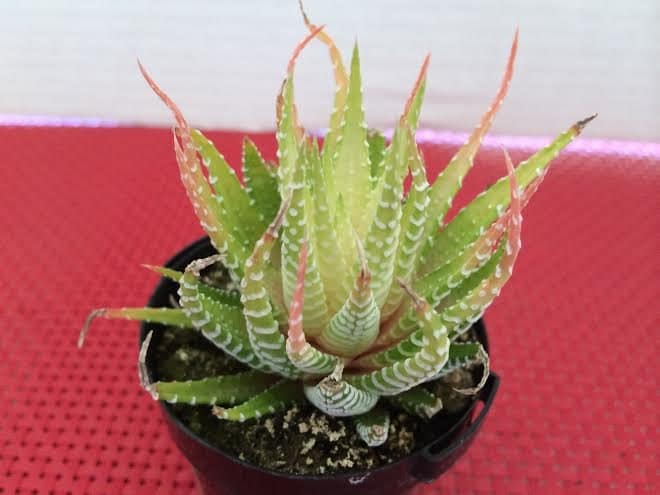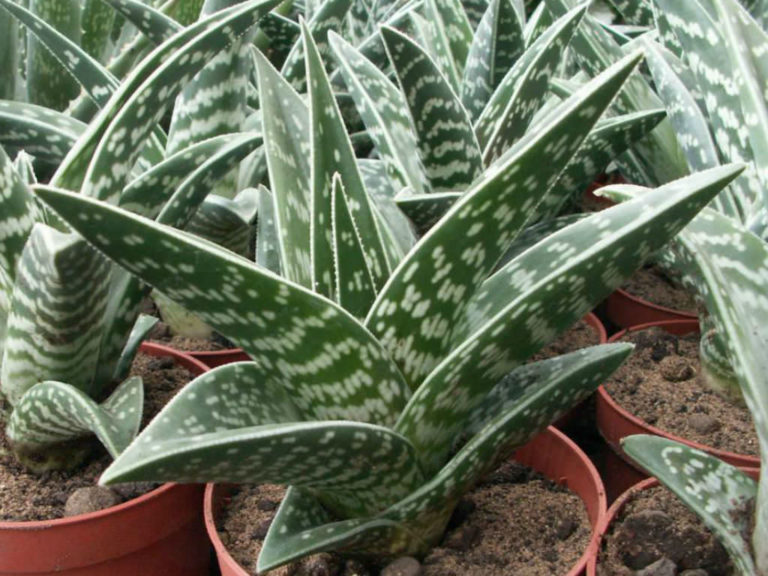


When placing ‘Zebra Plant’ in low light conditions, it’s important to ensure that it still receives some natural light.
#VARIEGATA ZEBRA PLANT CARE HOW TO#
You might also like: How to Grow Succulents Indoors Without Killing Them In fact, it can even tolerate fluorescent lighting which makes it a good choice for offices and other indoor settings. This makes it a great indoor plant as it can thrive in areas with limited natural light. ‘Zebra Plant’ can handle low light conditions for short periods of time. Direct sunlight can scorch the leaves and cause them to turn brown. The Haworthia fasciata ‘Zebra Plant’ prefers bright, indirect sunlight. You might also like: Propagating Succulents 4 Ways: The Best Guide Ever Light This allows the main plant to focus its energy on healthy growth, and the offsets can produce a new generation of this popular succulent. Once the offsets are a few inches tall with roots of their own, they can be gently removed and planted. You might also like: Succulent Soil: Ultimate Guide & 4 DIY Recipes to Keep Your Succulents Happy and HealthyĪlthough Haworthia fasciata ‘Zebra Plant’ grows relatively slowly, it will eventually produce offsets that can be used for propagation. With care, it will recover and resume healthy growth in its new pot. After repotting, avoid fertilizing for a month or so, and be attentive to watering to reduce stress on the plant. Fill the pot with fresh, well-draining succulent potting mix. When repotting, choose a pot only one size up and handle the plant gently to avoid damage. Repotting can be stressful for this succulent, so only repot when necessary. The plant also benefits from soil amendments such as crushed granite, which helps with drainage. Use a mixture of potting soil, perlite, coarse sand, and turface to create a well-draining soil mix. Haworthia fasciata ‘Zebra Plant’ requires well-draining soil. You might also like: Succulent Fertilizer: The Ultimate Guide to Healthy Succulents + 8 DIY Fertilizer Recipes Soil and Repotting Fertilize the plant during the growing season, from spring to fall, with a balanced fertilizer diluted to half strength. Avoid overwatering, as this can lead to root rot. Water thoroughly and allow the excess water to drain away. Sponsored Links To water the Haworthia fasciata ‘Zebra Plant’, wait until the soil is completely dry before watering. You might also like: Native Habitats of Succulents: Explore the Incredibly Diverse Environments How to Water & Fertilize This adaptation helps Haworthia fasciata handle lower light conditions, making it well suited as a houseplant. The stripes are made of wax that reflects light, helping the plant absorb more of the limited available light. The distinctive white stripes on the leaves of this succulent are adaptations to help it thrive in its shady native habitat. It thrives in well-draining soil and can withstand drought conditions. The Haworthia fasciata ‘Zebra Plant’ is native to South Africa, where it grows in rocky areas and rocky outcrops. Common Name Zebra Plant Latin Name Haworthia fasciata Native Habitat South Africa Hardiness Zone 9-11 Temperature Range 40-80☏ Poisonous? No Native Habitat and Adaptations


 0 kommentar(er)
0 kommentar(er)
